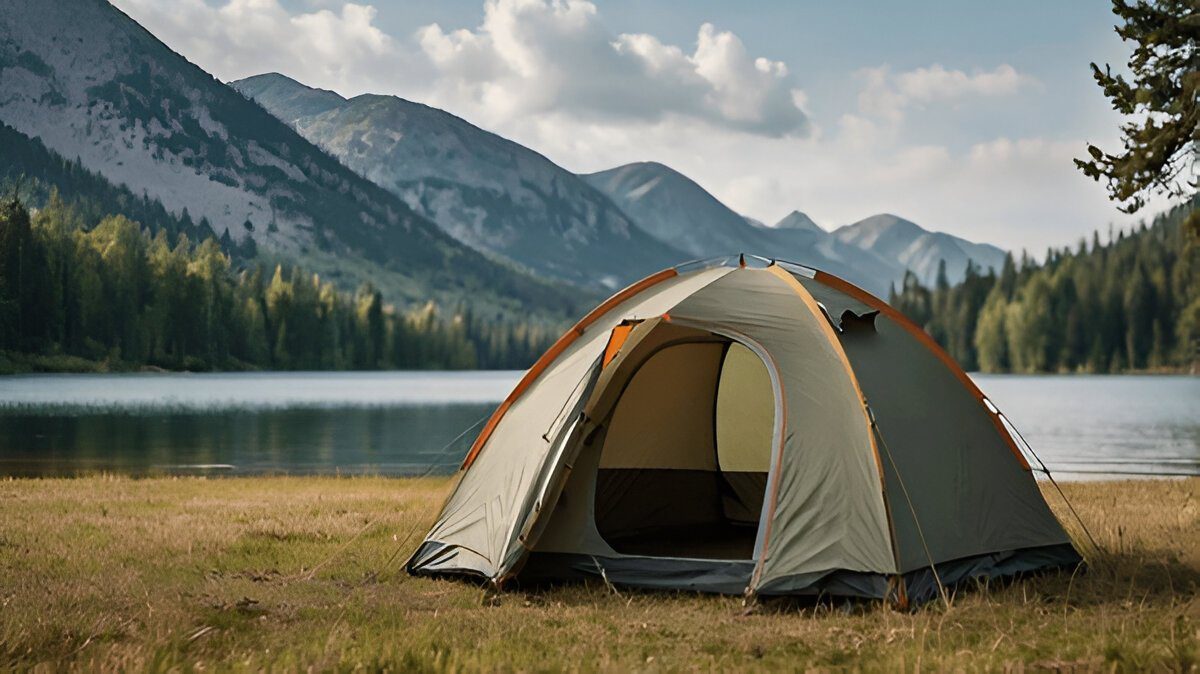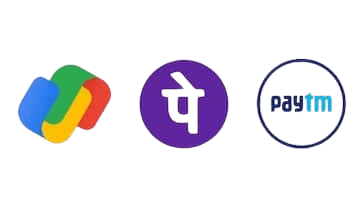


Trekking in Nepal and Tibet might be on the bucket list for many trekkers, the hype is real and worthy. The Himalayas are beyond beautiful, they are majestic. The Langtang Valley is a valley in the Himalayan mountains of north-central Nepal. The Langtang Valley trek is everything that a Himalayan trek can offer, lush forests, high altitude grasslands, glaciers and ice cap mountains.
The trek starts at Syabrubesi which is a village on the outskirts of the Langtang National Park near Trisuli River. It is nearly 120 km from Kathmandu and the travel takes around 6-8 hours. The village is lush with greenery and can be found with trekkers across the year. Syabrubesi is the starting point for several trekking routes like the Langtang Valley Trek, Gosaikunda Lake Trek and Tamang Trail.
Having a Langtang valley trek guide is definitely useful. These guides are experienced, they know the route well and are prepared in case of emergencies. These guides throughout the entire trek prep the team they are leading with information about each place, safety rules to be followed and much more.
The trek begins at Syabrubesi headed to Mundu. Like many treks the path is rocky but is surrounded by luscious green mountains. The best time to trek Langtang Valley is from September to mid November during the Autumn season. At this time the weather is mildly chilly but the body gets used to it as we walk along.
Along the mountains is the flowing Langtang Khola river. The river is white, gushing with a milky appearance. The river flows throughout the trekking area and there are bridges to cross them, mostly small ones and a couple of suspension ones. To have a trek on the mountains with a river flowing by is an experience everyone should have. One should stop every once in a while and admire what nature has to offer us.
The first stop would be to Khanjim where the trail runs past a few huts, post which are trail zigzag paths which lead to a pine tree forest.Throughout the course one can find many tea houses. In the tea houses, one can have some food and recoup to continue. The route continues through Surka and reaches a viewpoint looking over to Thulo Syabru headed towards Rimche.
The route to Rimche is a narrow steep hillside trail with a few steep sections but not dangerous. The path is mostly large rocks surrounded by bamboo trees. The path is narrower than once started but not dangerous. The Langtang Khola river continues to accompany you, maintaining its majestic form: white, roaring and relentless.
During the trek one can spot several langur, monkeys, yaks and mountain goats. Most people take a break at one of the Rimche tea houses. Trekkers after having some food can sit on the wooden benches outside the tea shops and get amazed by the mountain range. The Rimche trail continues through a forest section filled with bamboo and fern trees. Most trekkers spend the night at the Lama Hotel, have breakfast and continue to Mundu.
Lama Hotel is at 1,100m altitude. The first stop is to Ghoda Tabela. Ghoda Tabela is where we begin to see the ice cap mountains. There still are green pastures around but we can see the ice cap mountains. The route to the Ghoda Tabela is a steep climb followed by a gentle incline.
The settlement at Ghoda Tabela is small. There are only two tea houses here where we can have lunch whilst admiring the view. From here the trail gets narrower, surrounded by small trees with langur monkeys and mountain goats leading to Thyangshap. On our way to Mundu from Thyangshap the path encounters a Mani stone wall. The wall is long with stones stacked which have been inscribed with Buddhist mantras. This Mani stone wall is dedicated to the Langtang slide that happened in 2015. This stretch to Mundu does not have many viewpoints and post Thayangshap the trail gets easier. It is wise to stay the night at Langtang village and head towards Kyajin Gompa.
The predominantly indigenous group of the Langtang valley are the Tamang people. Tamang people are believed to be from Tibet and migrated to Nepal centuries ago. Most Tamang people are Tibetan Buddhists and speak Tibeto-Burman language. The economy is mostly agriculture and tourism with handicrafts being an additional income
The trail from Langtang Village to Kyajin Gompa is relatively small. As we trail higher there is much of green pastures and more of ice capped mountains. The route reminds of what Nepal is to most tourists, water mills, prayer wheels, stupas and more Mani stone walls with Buddhist inscriptions.
Kyanjin Gompa is most certainly the spiritual heart of the whole Langtang valley. The name of the village is based on a monastery. Kyanjin Gompa reminds of Tibetan architecture with carvings, murals and thangka paintings, all professing Buddha’s teachings.
The biggest surprise has to be the Cheese Factory. The Cheese factory was set up in 1955 with the assistance of the Swiss. This factory is one of the major sources of income and livelihood for people in Kyanjin Gompa. Forget goat cheese, here you can get Yak cheese. In the factory one can get to watch the entire process, from milking yaks to aging the cheese in cellars. Yak cheese can be tasted and purchased here along with Yak milk tea and Yak milkshakes.
For people who are adventurous they can continue the hike to Kyanjin Ri and Tserko Ri.
The Langtang valley trek usually ranges from 5-7 days. It is offbeat compared to the Everest base camp trek and Annapurna. Throughout the course there are several teahouses for food and a few good hotels to stay the night. The trek is mesmerizing as one gets to see all that Langtang valley has to offer from pastures, the magnificent Koshti river, langur monkeys, mountain goats, yaks, viewpoints, bamboo and pine trees and finally the ice cap mountains. The trek is possible for both adult groups and families with teens, the latter definitely needing the assistance of guides. Langtang does not disappoint.
Are you all set to embark on a journey of you ? Allow us to assist you in planning it out.
Contact Us : click here



